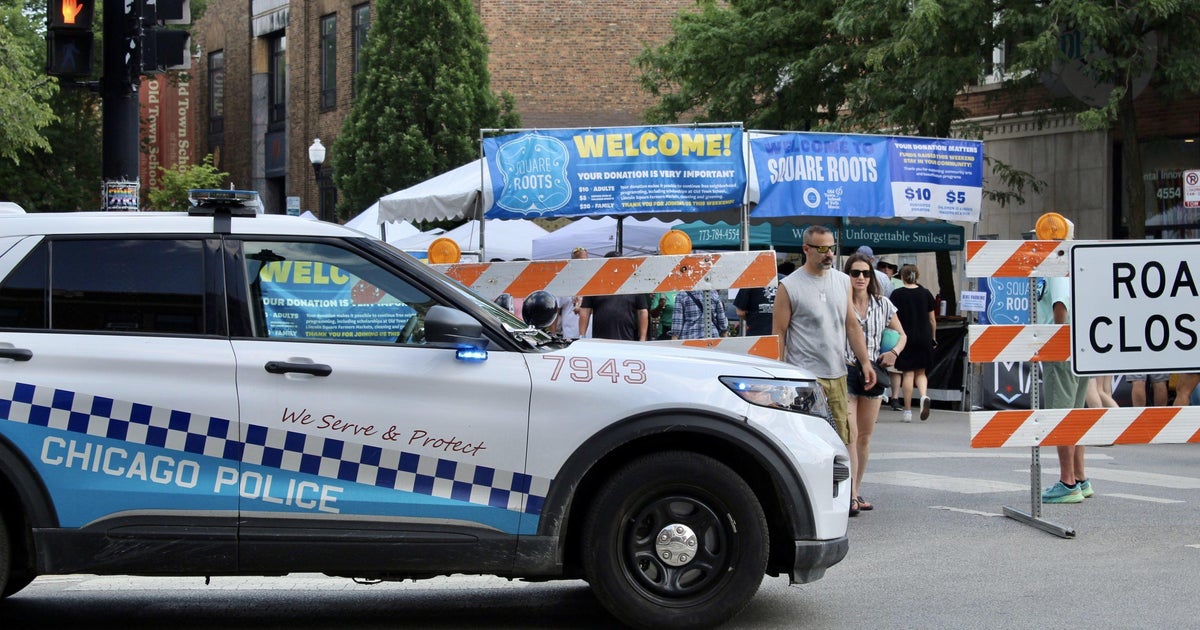A world of difference in what waiters earn across the U.S.
REVERB is a new documentary series from CBS Reports. Watch "Surviving an Unlivable Wage," in the video player above.
During the most recent economic expansion, the restaurant industry was among the fastest growing sectors in America. As the fallout from the coronavirus illustrates, for millions of workers it was also one of its most economically vulnerable.
Behind that insecurity is tremendous geographic variation in restaurant workers' wages. In nine states, the hourly pay that waiters, bussers and bartenders earn has been frozen since 1991, at just $2.13 an hour. In the nearly 30 years since that wage was set, its purchasing power has dropped by half. In 11 other states, tipped workers' hourly pay is less than $3.
Other states and cities have moved in the opposite direction, either raising servers' wages or even doing away with the tipped wage category altogether. In eight states, servers make the full local minimum wage, which ranges from $8.25 in Nevada to $13.50 in Washington state.
The discrepancy can create some geographic conundrums. A resident of Mason City, Iowa, could earn $4.25 an hour waiting tables in her town. (Iowa law pays tipped workers 60% of the minimum wage.) Yet someone who lives a 40-minute drive north, in Albert Lea, Minnesota, would earn two and a half times that amount. Minnesota's minimum wage is $10 an hour, and it applies equally to tipped and non-tipped workers.
Jamestown, New York, and Warren, Pennsylvania, are separated by a 30-minute drive. Similarly, a server in Jamestown earns nearly four times the hourly pay of one in Warren.
Across the U.S., about 3.5 million people work as waiters, bussers or bartenders, while another 10 million work in restaurants in another capacity. One in two Americans has worked in a restaurant at some point in their career, said Saru Jayaraman, co-founder of Restaurant Opportunities Centers United, an advocacy group that represents workers in the industry.
In Indiana, where some 68,000 people work as servers, bussers or bartenders, their hourly pay remains $2.13. What that means for servers is that the paycheck is effectively zero.
"When you make a $2.13 wage, you actually don't make a wage at all. That money goes entirely to taxes," Jayaraman said. "You live completely off of your tips and tips fluctuate. They fluctuate hourly, daily, weekly, seasonally."
Squaring that unstable income with fixed costs for housing, utilities and car payment is very, very hard. "You can't plan. You can't save," she said. "It's incredibly difficult to survive on that level of economic instability."
Since 1990, employment in full-service restaurants has grown more than three times as fast as overall private-sector job growth, according to the Economic Policy Institute. In many towns, that means more people working — but far fewer who are able to get by.



